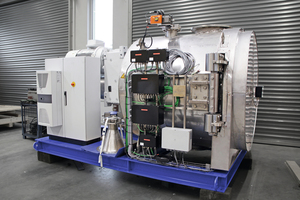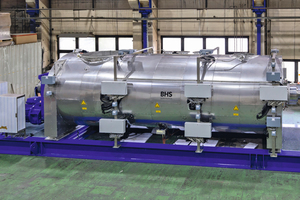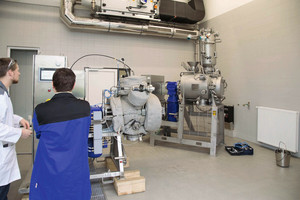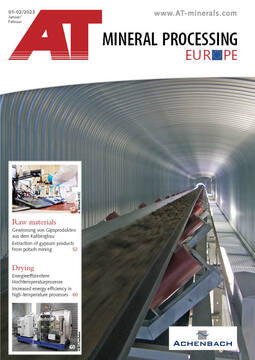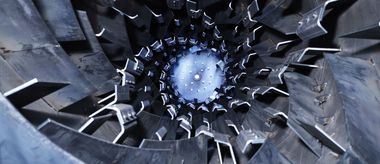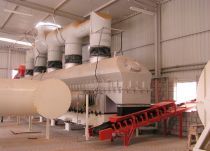Drying, calcination, reaction: higher product quality coupled with lower emissions
There are things that are quite literally heating up in many fields of industry. With the development of new materials, the number of high-temperature processes is continuously growing. In the past, drying ovens or rotary kilns were frequently used in this temperature range. However, dynamic processes in horizontal or vertical contact dryers offer significant advantages, primarily in terms of product quality, energy efficiency and emissions.
When it comes to the processing of minerals, the recycling of batteries or photovoltaic cells or the pyrolysis of biomass, high-temperature processes are integral to a number of industrial applications while they are also increasingly in demand. They have to meet high quality standards in terms of product and throughput, produce fewer emissions and maximize energy and resource utilization.
Up to now, the thermophysical or thermochemical processes, such as combustion, calcination, thermal cracking, gasification and even smelting, were carried out in a variety of technical plants like kilns,...

